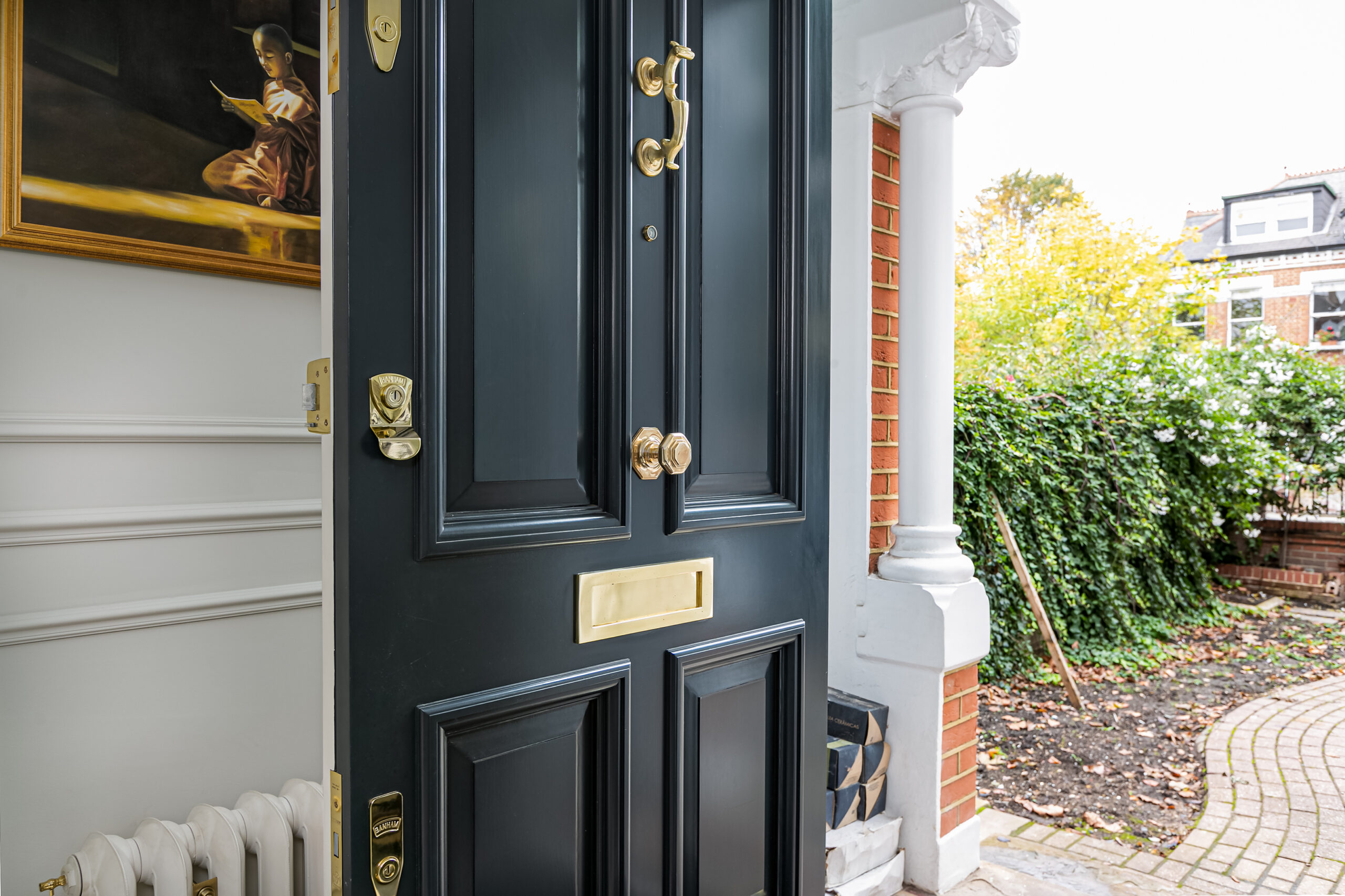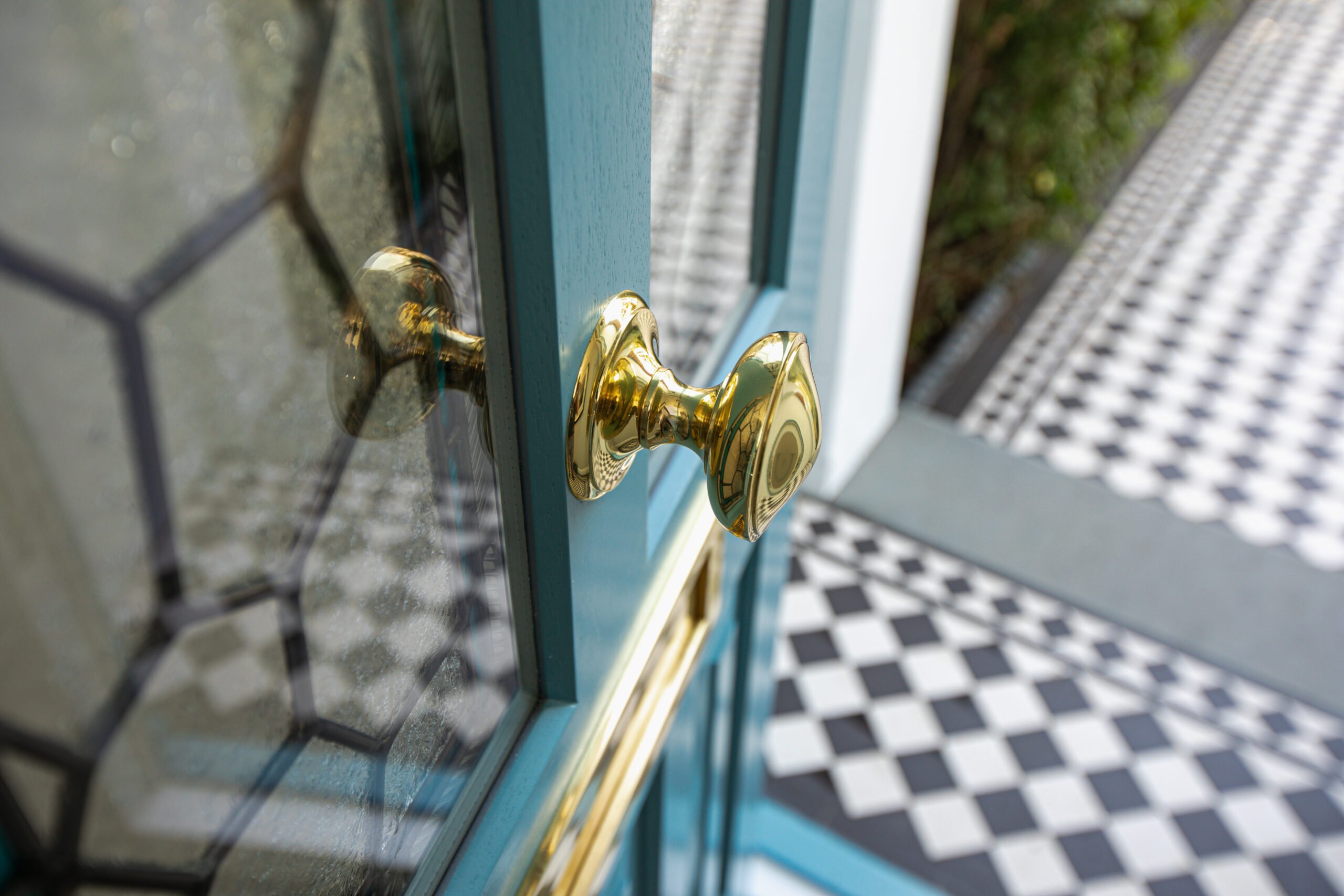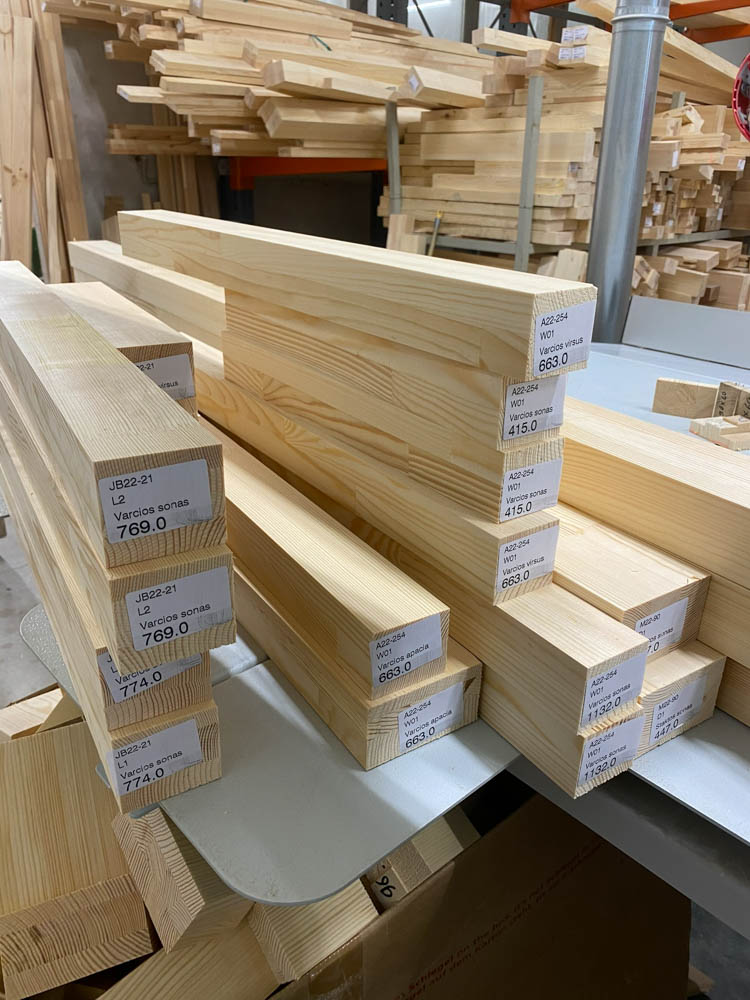Everything you need to know to accurately measure for replacement windows in London
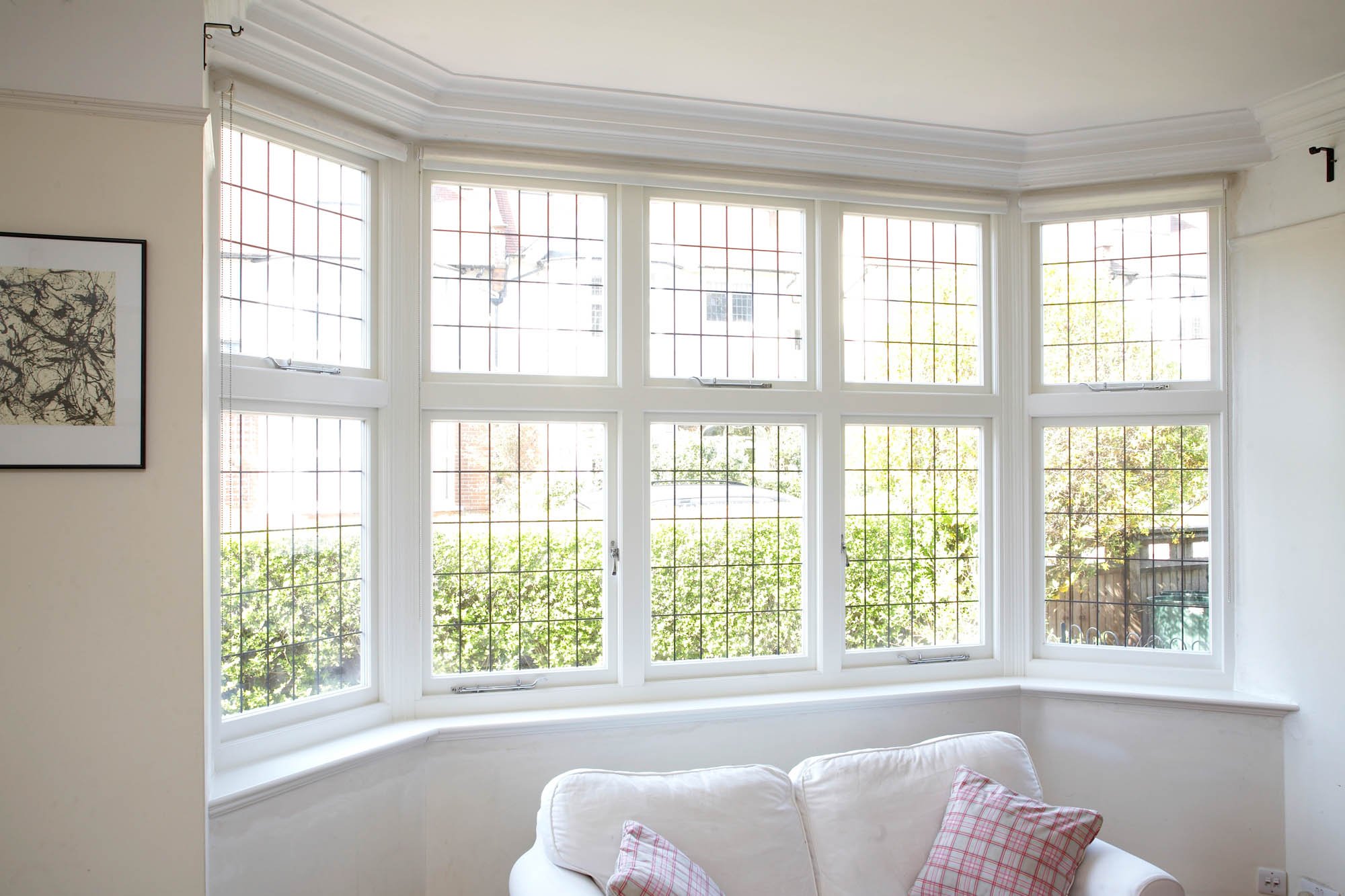
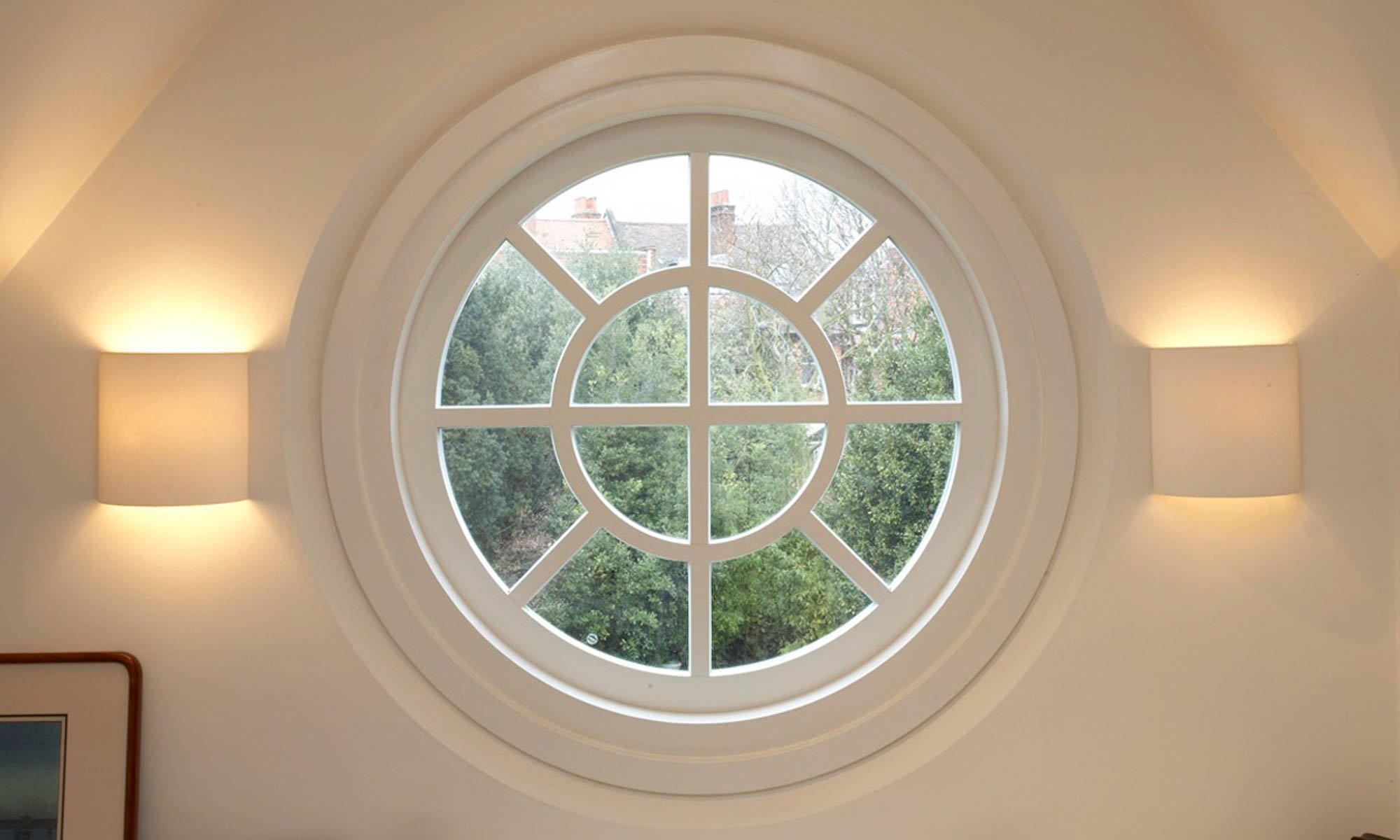

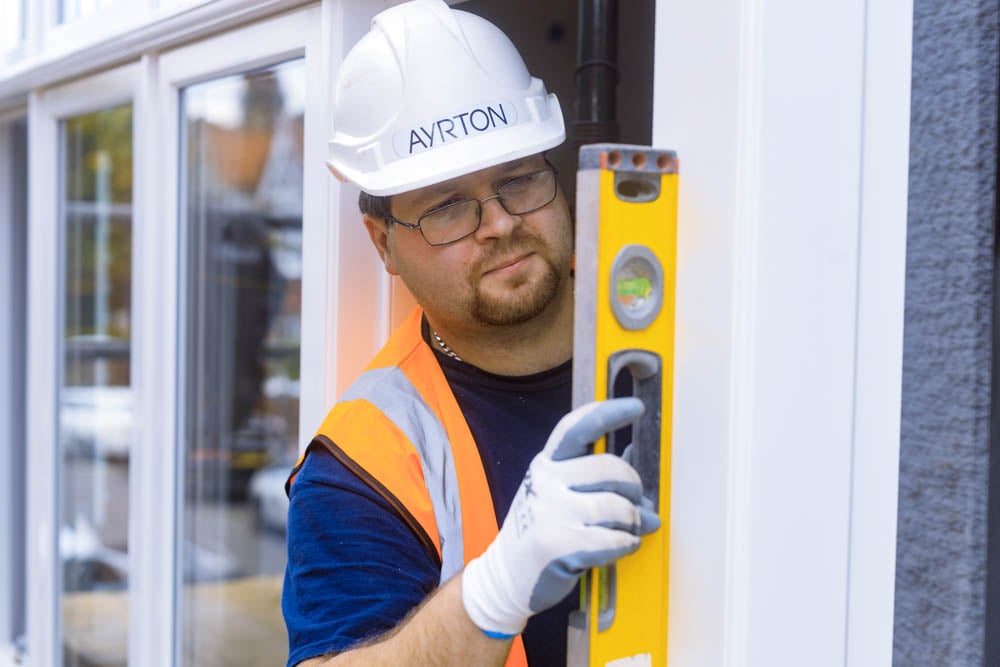
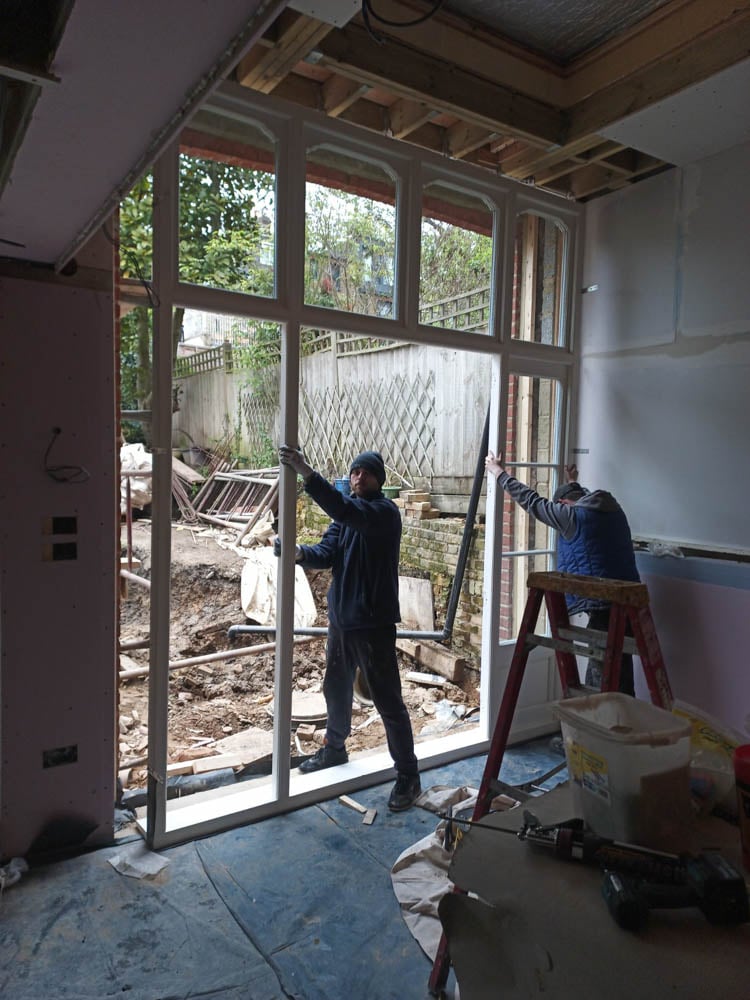
Replacing worn, damaged, or energy-inefficient windows is a great way to improve your home’s appeal, livability, and value. Replacing them with windows that don’t fit right is a great way to skyrocket your heating bills, invite draughts into your home, or constantly struggle with jamming or uncooperative windows.
As a leading supplier and installer of bespoke timber replacement windows in London, Ayrton Bespoke knows more than just a thing or two about taking accurate measurements. We have put together this handy guide on How to measure for replacement windows, helping you ensure that your next renovation project starts on the right foot.
View our range of timber replacement windows
Why do you need to measure for replacement windows?
While there are many reasons to accurately measure for replacement windows, in the UK, it almost always comes down to energy efficiency. The exact figures vary between sources, but it’s estimated that windows account for anywhere between 10% and 30% of most homes’ total heat loss. These figures apply to homes with properly fitted, double-glazed windows. Poorly fitted windows can lead to even greater heat loss, increased draughts, and higher energy costs.
Other reasons to ensure the right fit include better security against intrusion, longer product lifespans (due to increased resistance against moisture and the elements), pest resistance, and resistance against warping and jamming.
—
Considering upgrading your home with beautiful, bespoke, and perfectly fitted timber windows?
Reach out to Ayrton Bespoke for an obligation-free discussion of how we can help you fit windows that reduce heating bills, offer superior protection, and increase kerb appeal.
—
What tools do I need to measure for replacement windows?
Luckily, not many! With the exception of a spirit level, most households should have all the required tools at hand. To measure for replacement windows, you’ll need:
- Tape measure: Any type of tape measure can get the job done; however, ones that are designed to take measurements in tight spaces or inside corners make the job slightly easier.
- Pen and paper: Recording measurements while working better guarantees accuracy and avoids confusion. DO NOT take measurements thinking you’re going to remember them for later. Write them down.
- Spirit level: Not always necessary, but useful when measuring windows in older homes where the window head and sill might have shifted or settled since construction.
- A second pair of hands —especially helpful when measuring larger windows—is always useful.
Which regulations should I be aware of when measuring replacement windows?
While you don’t need to worry about building regulations when measuring for replacement windows, it’s important to keep planning permissions for windows in mind for the actual installation. If you’re working with a trusted installation partner, they should be able to ensure compliance without much input from your side. If, however, you’re taking the project on by yourself, we strongly recommend familiarising yourself with planning permissions for windows to ensure you’re compliant.
Below, you’ll find a quick overview of the relevant Approved Documents that are likely to apply:
- The Building Regulations 2010 is the master directive on all building rules in the UK. Approved Documents L, K, and N will apply depending on the element in question.
- Document L addresses the thermal performance of British windows, dictating that replacement windows must meet standard energy efficiency criteria. It covers subjects like U-value requirements (measurement of heat loss) and double or triple glazing.
- Document K refers to falling risks and hazards, stipulating window opening restrictions and safety glazing requirements in some instances.
- Document N further details safety glazing, ensuring that windows meet set standards for impact resistance. When the impact risk is higher, toughened or laminated glass is often preferred.
How to measure for replacement windows
Measuring for replacement windows is fairly straightforward; however, there are two important things to know before getting started:
- Measure your windows from the outside of the building whenever possible. Replacement windows are designed to fit within the structural opening which is defined by the external brickwork or cladding. Additionally, interior features like sills or trim may obstruct the true size of the opening.
- Measure the window opening, not just the existing glass panelling. Measure from the outer edge of the jambs, which are the vertical sides of the window frame, in both the width and height dimensions.
Measuring steps
1. Measure the window’s width
- Take at least three measurements of the opening—top, middle, and bottom.
- Make a note of the smallest of the three measurements to guarantee your window replacement will fit.
- Your window supplier can assist with queries and inconsistencies if you’re working on an old or listed building where the windows may have warped over time.
2. Measure the window’s height.
- Take at least three measurements of the opening—left, middle, and right.
- Again, make a note of the smallest of the three measurements.
- The measurement does not include the window sill, trims, or adjoining fittings.
3. Measure the window’s depth.
- Measure the depth of the current window from the inside edge to the outside edge.
- This step may not always be necessary, but it’s advisable to measure if unsure. If you’re changing a window or glazing type, this information is essential for your window replacement supplier and will help them design or select the right replacement.
4. Check that your windows are square.
- Squareness refers to the accuracy of a window’s right angles. While it is most relevant to standard rectangular windows, it can also affect certain custom window designs.
- Measure the two diagonals of your window from corner to corner; they should match. Record the measurements.
- Place your spirit level on the bottom, top, and sides of the window to ensure they are level, and take note of the alignment.
- If your windows are out of alignment, don’t despair! Your window replacement supplier will be able to help you find a solution!
5. Additional measurements
If you’re adding extra features such as sills, trims, or blind boxes, measure these elements as well.
- Sills: measure the width and depth
- Trims: measure the height and width of any existing trim for a perfect replacement match
- Blind boxes: Check the dimensions of the blind you intend to use on your new windows, and ensure there is space for them once the replacement is completed.
- Double-check your measurements and record them to your window replacement supplier.
Still not confident enough to measure for replacement windows? Let the experts do it!
Replacing your own windows can be an enjoyable and rewarding process. Mistakes, however, can be costly, frustrating, and time-consuming to correct. At Ayrton Bespoke, we take the guesswork and uncertainty out of measuring for replacement windows in London.
As suppliers of bespoke timber replacement windows and doors, we’ll gladly dispatch an installation team to your home to take the measurements ourselves, ensuring the best possible fit and giving our team a chance to discuss our wide range of styles and finishes.
With over two decades of experience installing replacement windows in London homes, the team at Ayrton Bespoke is equipped to help you make your next home improvement or window replacement project a seamless and stress-free experience.
For bespoke timber windows that never fail to impress, get in touch with Ayrton Bespoke through our online portal or call us at 020 8877 8920 for a 100% obligation-free introductory chat.
We’d love to hear from you.
Sources
with one of the friendly
Ayrton team?
Our team will be happy to answer any questions you might have. Alternatively, why not pop into one of our showrooms to see our products in person, grab a coffee and talk through how to get the best for your home with one of our friendly design team.





